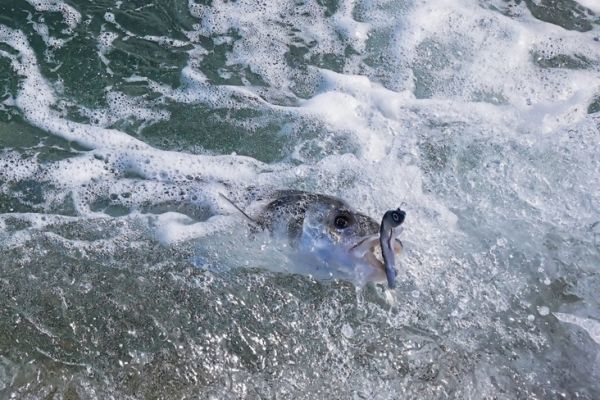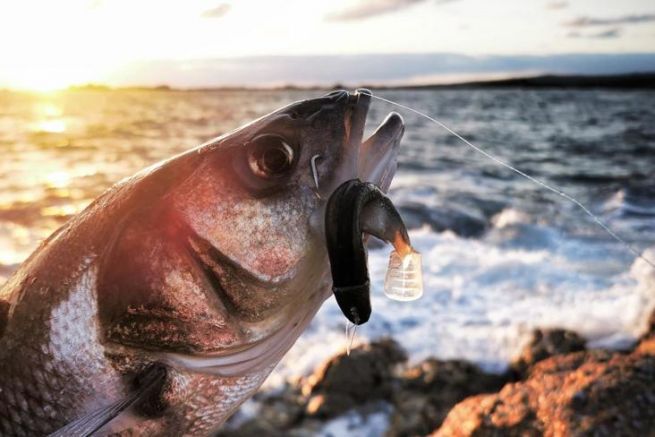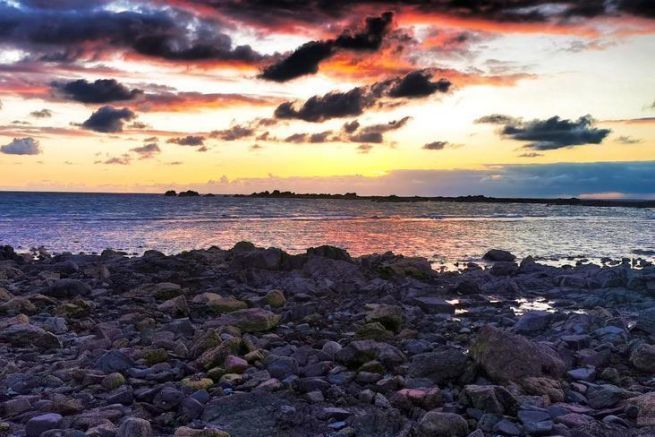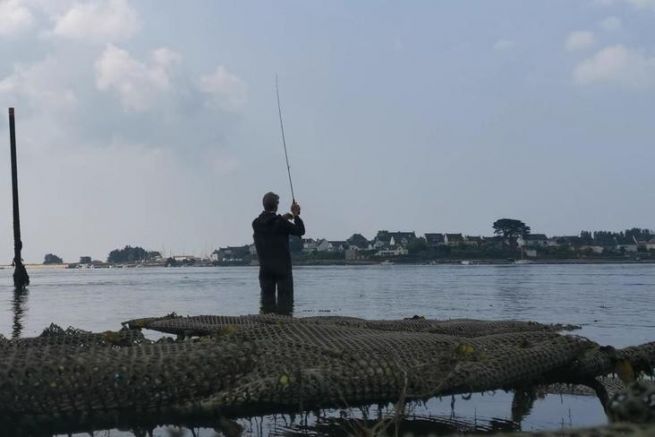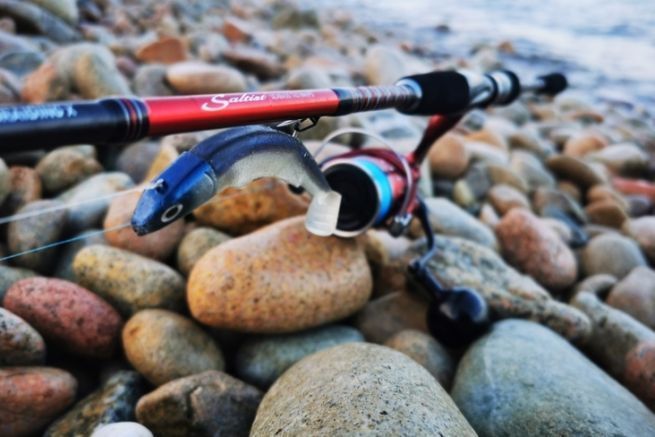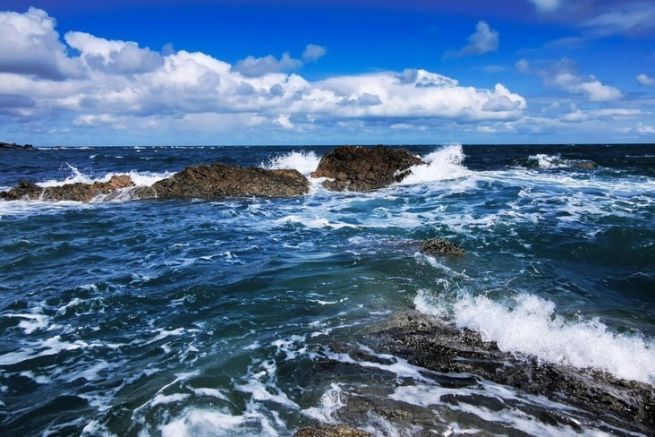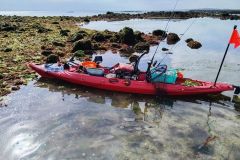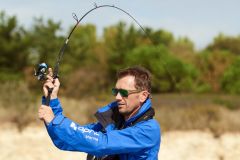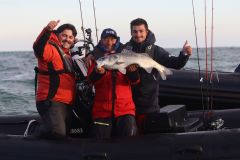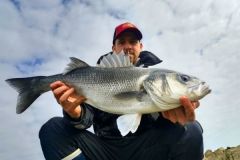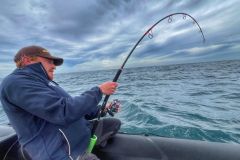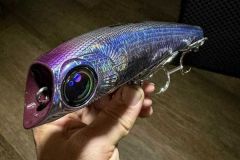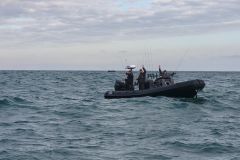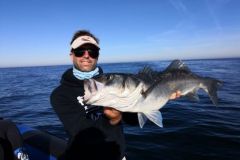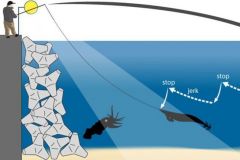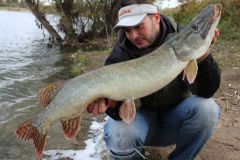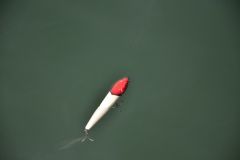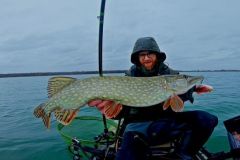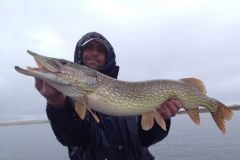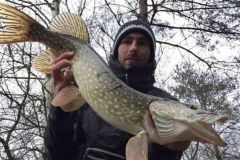Which spots to target?
Wave fishing can be practiced on almost all the spots where sea bass are present, either on the beaches or in the riprap. The waves are not a spot in the strict sense of the word but a fishing condition that should not be neglected. It is on the rocky areas, where the biodiversity is rich, that you will take the best advantage of these agitated conditions.
The conditions to be met
Fishing for bass in the waves requires a set of special conditions.
1) The first of these is to have a established wind the wind is strong enough to create waves. It should not be too strong, nor should the swell, caused by the wind blowing for several days, be too important. If this is the case, you may find yourself confronted with very dirty water full of algae, making fishing difficult.
2) Wind direction also has an influence. With an onshore wind, few waves will be formed, whereas a wind coming from the open sea will generate beautiful waves breaking on the rocks.
3) The tide is to be taken into account. At low tide, the waves are often much smaller than at high tide. That's why the moments around mid-tide are to be preferred.
So pay attention to the weather forecast to practice fishing in the waves!
Why fish in the waves?
This practice has many disadvantages:
- Large banner in the line generated by the wind
- Reduced throwing distance in headwinds
- Difficulty feeling the keys or the bottom
And yet, despite these drawbacks, fishing in the waves in strong winds will bring you good results. These conditions have the effect of stirring up the bottom of the water and all the life that hides there. The waves, hitting the rocks, unhook the crustaceans that live there. What could be better for the predatory fishes that only have to feed without effort?
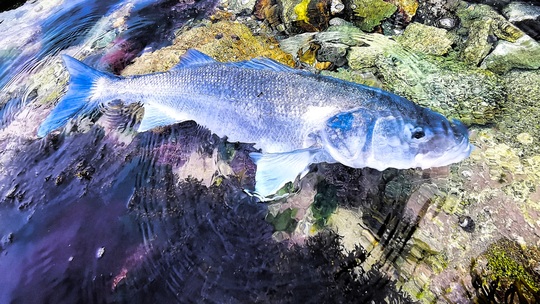
The surface of the sea as well as the water will be disturbed, creating in the fish an increased sense of security and lowering its level of vigilance.
Despite the disadvantages that can be annoying to a beginner, wave fishing for bass has many advantages and offers you the opportunity to hook more wary fish.
What equipment and how to use it?
In such conditions, it is important to offer bass a lure that will be easy to spot. Shads, creating strong vibrations with their paddle, are perfect for this. Using a Fiiish Black Minnow in size 120 mm or 140 mm with an adapted lead head (from 18 to 25 gr) will allow you to cast into the wind while maintaining correct casting distances.
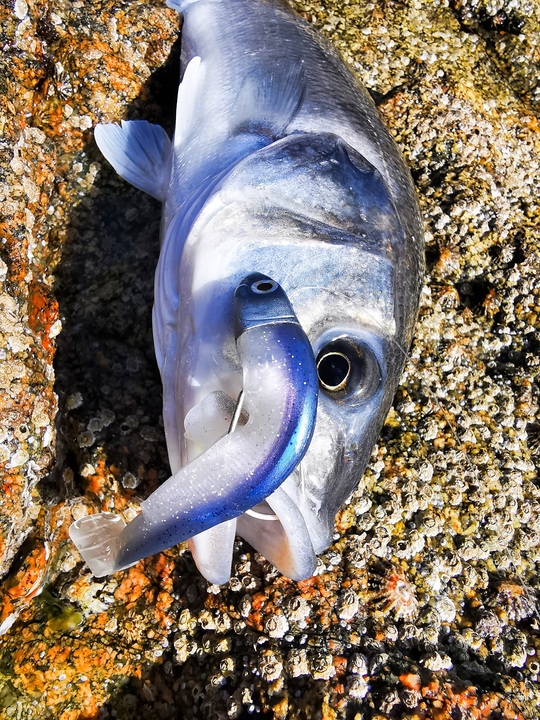
The use of a rod of sufficient length (about 2.20 m) is necessary. In these conditions, you will have to fish further away from the shore than usual in order to stay safe. When fishing in the waves, be careful not to get caught by a bigger wave than the others.
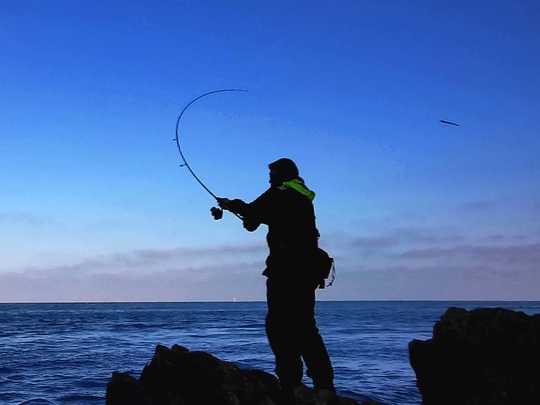
As for the animation of shads, it is in linear, low rod, at 90 degrees compared to your lure that you will have the best results. This technique has the advantage of limiting the banner of the line. You can also drown the rod tip to totally immerse the line and not have any banner at all.
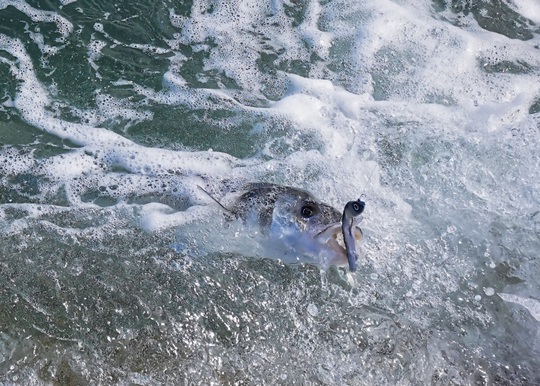
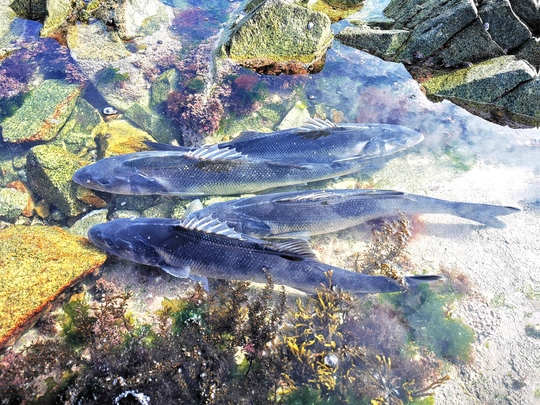
To summarize
- Headwinds are to be prioritized despite the constraints they bring.
- Fishing in the waves is not the easiest and is therefore aimed at anglers who already master the usual spots.
- Stay alert until the end, the touchdown can occur very close to the edge.
- Dense lures with a strong presence in the water and a fairly long rod are essential to adapt to the elements.

 /
/ 
